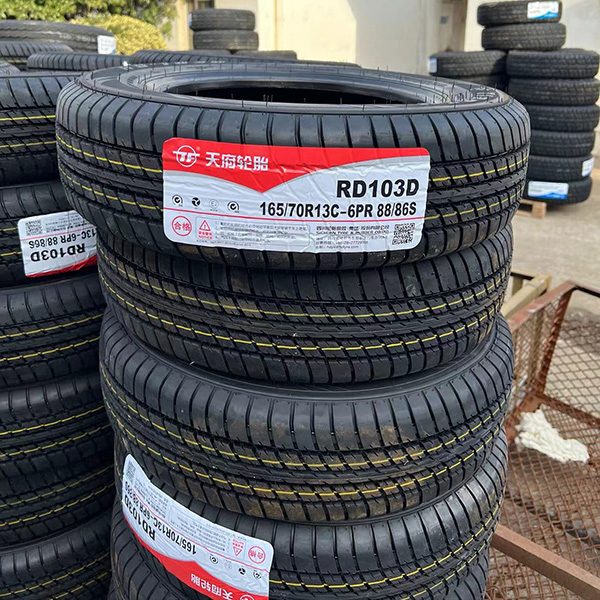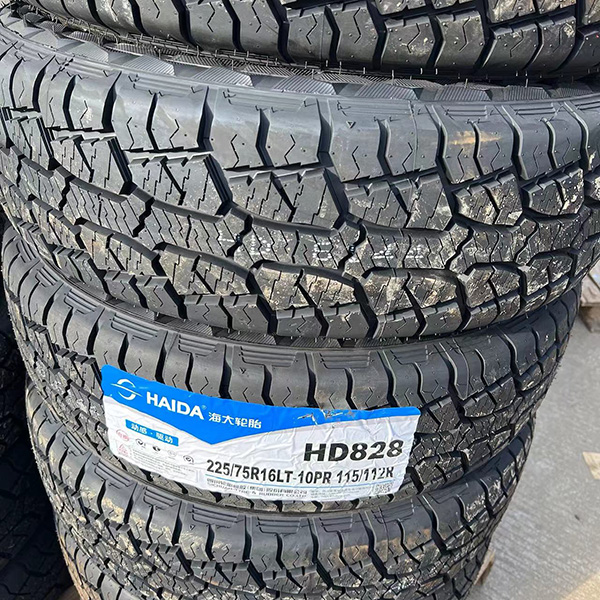
Introduction to Modern Tire Technology
Passenger car tires have evolved far beyond simple rubber and tread patterns. Modern innovations focus onenhancing safety, performance, and efficiency while integrating with digital vehicle systems. From smart tires capable of real-time monitoring to automated inspection systems, tire technology is becoming an essential part of the connected vehicle ecosystem. Understanding these trends helps drivers, fleet operators, and manufacturers stay ahead in performance, safety, and sustainability.


Smart Tires: Real-Time Monitoring for Safety and Efficiency
Smart tires integratesensors and electronic systems to monitor critical parameters such as tire pressure, temperature, tread depth, and load. These systems communicate data to the vehicle’s onboard computer or mobile apps, enabling proactive maintenance and safety interventions.
Key benefits of smart tires include:
1. Early Detection of Tire Issues: Alerts drivers to underinflation, overloading, or abnormal wear before failures occur.
2. Enhanced Fuel Efficiency: Proper tire monitoring reduces rolling resistance, improving mileage.
3. Improved Vehicle Stability: Continuous data helps maintain optimal handling, especially in adverse conditions.
4. Integration with Advanced Driver Assistance Systems (ADAS): Smart tire data supports braking, traction control, and collision avoidance systems.
Lightweight and Eco-Friendly Materials
Sustainability and fuel efficiency drive tire innovation today. Manufacturers are developing tires using:
· Advanced Polymers and Rubber Compounds: Reduce rolling resistance and extend tread life.
· Recycled and Renewable Materials: Minimize environmental impact without compromising strength or durability.
· Composite Structures: Reduce unsprung weight for improved handling and energy efficiency.
These materials improve performance, lower emissions, and align with global environmental regulations.
Automated Tire Inspection and Maintenance
Emerging technologies allow forautomated inspection and maintenance of tires. Smart garages and workshops now use AI-powered imaging systems to detect tread wear, sidewall damage, and punctures quickly and accurately.
Advantages of automated tire inspection include:
1. Faster Diagnostics: Identifies issues that are hard to detect visually.
2. Consistent Quality Control: Reduces human error in professional tire maintenance.
3. Predictive Maintenance: Enables proactive replacements and reduces the risk of unexpected tire failure.
For fleet operators, automated inspection systems streamline maintenance schedules, ensuring higher uptime and safer operations.


Run-Flat and Adaptive Tire Technologies
Run-flat tires andadaptive tread technologies are gaining popularity for passenger cars:
· Run-Flat Tires: Allow drivers to continue driving safely after a puncture, reducing the risk of accidents on highways or remote areas.
· Adaptive Tread Designs: Use variable patterns or self-adjusting grooves to optimize traction across different road conditions, improving grip in wet, snowy, or uneven terrain.
These innovations enhance convenience, safety, and performance, particularly in modern SUVs and high-performance vehicles.
Tire Connectivity and Data Analytics
Connected tires collect data that can be analyzed to improve vehicle performance and predict maintenance needs. This connectivity enables:
· Fleet Monitoring: Helps fleet managers track tire health and optimize replacement schedules.
· Driver Behavior Insights: Monitors braking patterns, cornering, and acceleration to recommend safer driving practices.
· Integration with IoT: Smart cities and automated vehicles can leverage tire data for traffic management and safety planning.
The rise of connected tires represents a significant step toward a fully digital and integrated automotive ecosystem.
Future Trends in Passenger Car Tires
Looking ahead, tire technology is expected to focus on:
1. Self-Repairing Materials: Tires that seal minor punctures automatically.
2. AI-Driven Tire Systems: Intelligent prediction of wear, load handling, and weather adaptation.
3. Lightweight and Sustainable Composites: Further improving fuel efficiency and reducing carbon footprints.
4. Full Vehicle Integration: Tires interacting seamlessly with autonomous driving systems and smart infrastructure.
These trends indicate that the next generation of passenger car tires will not only enhance performance but also contribute to safety, efficiency, and environmental sustainability.
Conclusion: Embracing the Future of Tire Technology
From smart monitoring and adaptive designs to automated inspection and sustainable materials, passenger car tire technology is advancing rapidly. These innovations improve safety, enhance efficiency, and integrate with connected vehicles, shaping a safer and more sustainable driving future. For drivers and fleet operators alike, staying informed about these trends ensures optimal vehicle performance and long-term cost savings.
Meta Description:
Explore the latest passenger car tire technology trends, from smart tires and adaptive tread designs to automated inspections and sustainable materials. Learn how these innovations enhance safety, performance, and efficiency.





